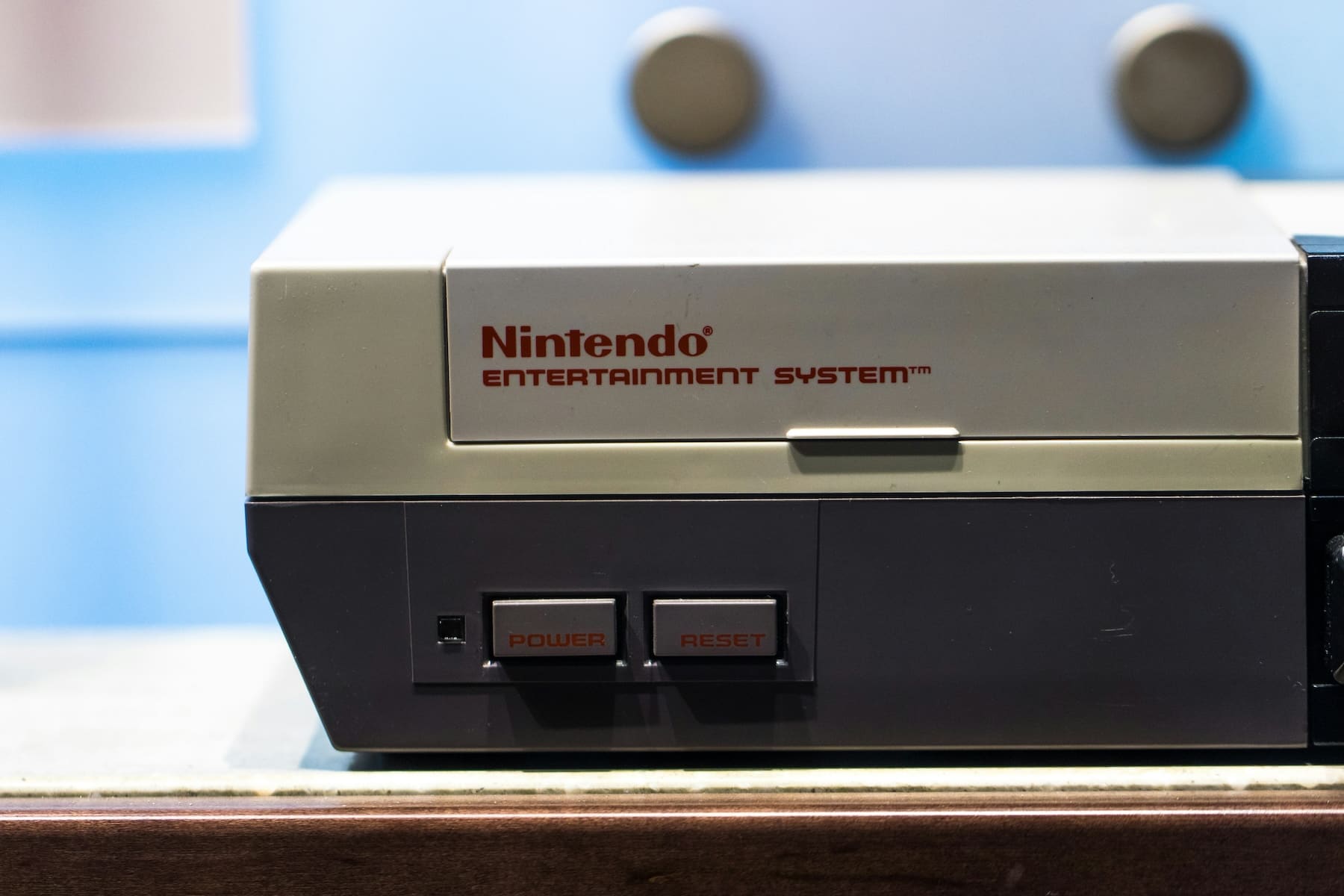During the 1980s, the video game industry suffered a crisis that threatened to collapse the entire sector. In the midst of this chaos, a Japanese company called Nintendo emerged as the savior of video games. This article explores how and why Nintendo managed to rescue the industry at a critical moment.
The Crisis of Video Games in 1983
In 1983, the video game industry in the United States faced a devastating collapse known as the Video Game Crash. This period was marked by an overproduction of low-quality consoles and games, which led to a loss of consumer confidence and a massive drop in sales. Several video game companies closed or went bankrupt, and many believed that video games were a passing fad that was coming to an end.
The Arrival of Nintendo
In 1985, amidst this bleak landscape, Nintendo launched the Nintendo Entertainment System (NES) in North America. The NES not only introduced high-quality hardware but also implemented a series of strategies that changed the course of the industry.
Key Innovations
Quality Control: One of the main reasons the industry collapsed was the market flooding with low-quality games. Nintendo implemented a strict quality control system through the "Nintendo Seal of Quality." This seal guaranteed that the games had gone through a rigorous review process, restoring consumer confidence.
Licensing Policy: Nintendo established a licensing system for external developers, limiting the number of games each company could produce annually. This helped to avoid overproduction and ensured that only the best games reached the market.
Technical Innovations: The NES introduced several significant technical improvements, such as superior graphics and advanced sound system, which significantly enhanced the gaming experience.
Iconic Games
The NES stood out not only for its hardware and policies, but also for its innovative and high-quality games. Titles like Super Mario Bros., The Legend of Zelda, and Metroid became instant classics and helped redefine what video games could be. These games were not only entertaining but also introduced new mechanics and narratives that elevated the medium.
Super Mario Bros.
Released in 1985, Super Mario Bros. became a cultural phenomenon. With its addictive gameplay, colorful graphics, and memorable music, the game set a new standard for platform games and demonstrated that video games could offer complex and satisfying experiences.
The Legend of Zelda
In 1986, The Legend of Zelda introduced players to a vast fantasy world full of adventure and exploration. This game innovated with its non-linear structure and the ability to save progress, allowing players to embark on epic adventures at their own pace.
Marketing Strategies
Nintendo also revolutionized the way video games were marketed. The company used smart and effective marketing campaigns…
To read the full article, click on the source link provided

